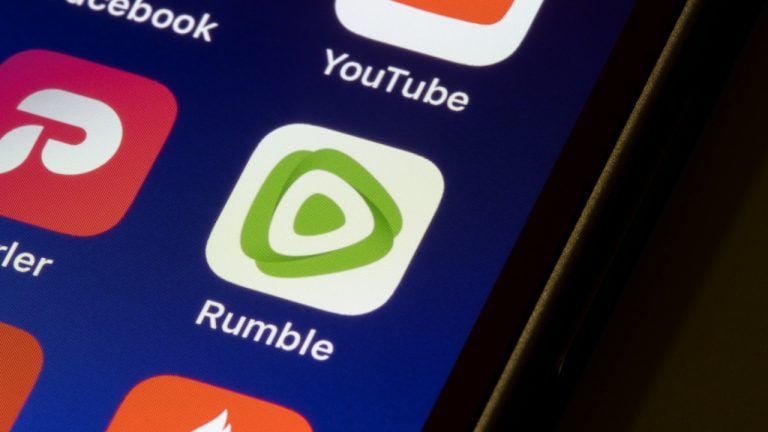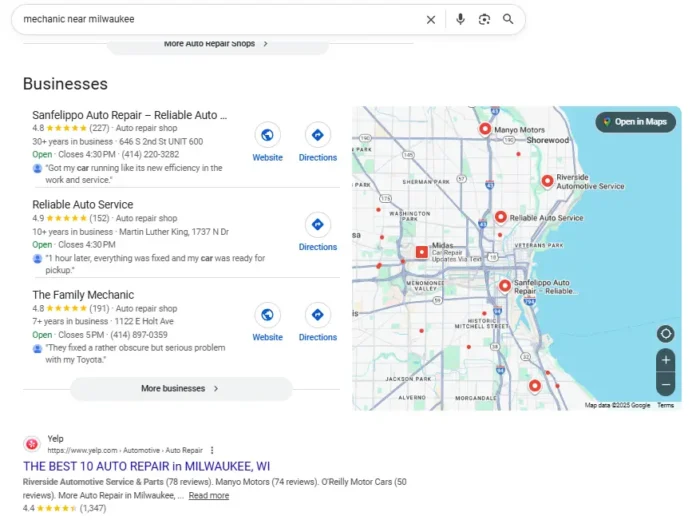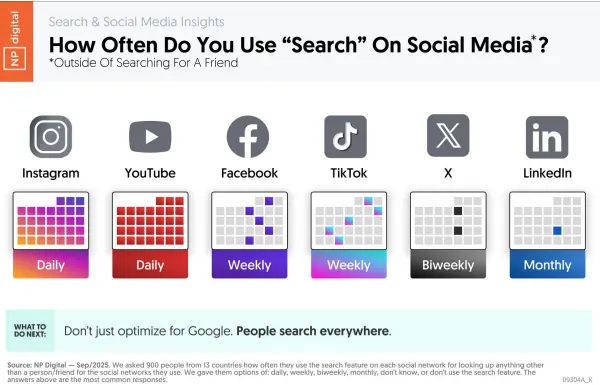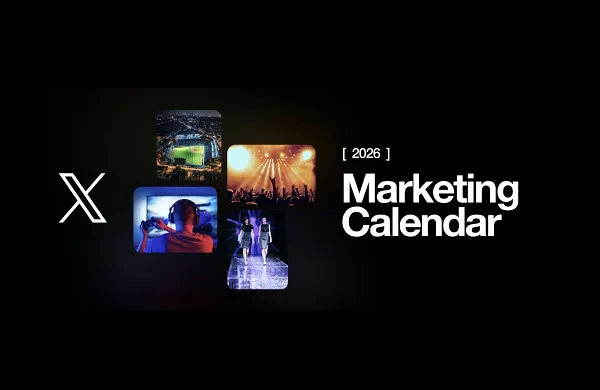Microsoft’s next Surface devices to be smaller, cheaper and Arm-ready
Just ahead of its scheduled event on May 6, Microsoft appears to be preparing to unveil a fresh lineup of Surface devices to have a stronger hold in the Arm-powered PC space. According to leaked details reported by German...

 WinFuture
WinFuture
Just ahead of its scheduled event on May 6, Microsoft appears to be preparing to unveil a fresh lineup of Surface devices to have a stronger hold in the Arm-powered PC space. According to leaked details reported by German outlet WinFuture, Microsoft is working on a new 12-inch Surface Pro and a more compact 13-inch Surface Laptop, both powered by Qualcomm’s Snapdragon X Plus platform.
The speculated 12-inch Surface Pro marks a return to a smaller form factor, recalling earlier models like the Surface Pro 3, but with modern Arm-based hardware. It features a PixelSense Flow LCD display and runs on the Snapdragon X Plus X1P-42-100 chip, which features eight custom Oryon CPU cores and an integrated Hexagon NPU capable of up to 45 TOPS (trillion operations per second) of AI performance.
The device will reportedly ship with 16GB of LPDDR5X RAM and offer either 256GB or 512GB of UFS-based storage which is faster but less expensive than traditional NVMe SSDs. The move to UFS also means that the storage will no longer be user upgradeable.
Battery life is expected to be strong, with up to 16 hours of local video playback. The device includes two USB 3.2 Type-C ports, and will be available in Ocean Blue, Platinum Gray, and Violet finishes, with matching keyboards and accessories.
 WinFuture
WinFutureThe new 13-inch Surface Laptop serves as a more affordable sibling to the 13.8-inch and 15-inch Surface Laptop 7 models. It too uses the Snapdragon X Plus SoC and matches the 12-inch Surface Pro’s memory and storage specs. Notably it features a PixelSense Flow LCD display but with a 60Hz refresh rate suggesting that Microsoft is cutting corners to bring down the cost of the device. The laptop also comes with a glass touchpad, and instead facial recognition, a fingerprint reader for Windows Hello.
The port layout includes two USB 3.2 Type-C ports, one USB Type-A port, and a 3.5mm headphone jack. Microsoft has left out its proprietary Surface Connect charging port, further suggesting that the new device is aimed at a more budget-friendly segment. The leaked 12-inch Surface Pro might be given the same treatment. Another important detail is that both of the devices will not ship with a charging brick, instead users will have to rely on USB Type-C PD (Power Delivery) chargers supplying at least 27W.
 WinFuture
WinFutureThese compact models hint at a strategic shift. Microsoft appears to be building momentum toward a more accessible, energy-efficient Surface lineup—likely positioning these Arm devices to show off the next wave of Windows on Arm improvements expected with the next major Windows release.
The official reveal is expected at Microsoft’s May 6 event, where pricing, availability, and details about the rumored Surface products may be announced.
Please enable Javascript to view this content
Kunal Khullar is a computing writer at Digital Trends who contributes to various topics, including CPUs, GPUs, monitors, and…
Don’t buy the Surface Laptop Go 3 — here’s what you should get instead

As a former marketing professional and a laptop reviewer, I often find myself surprised and sometimes confused by the decisions companies make when launching a laptop. An example is when a company introduces just one or two configurations that may not meet the needs of a range of users and, as a result, starts a laptop off on the wrong foot. In that case, I can at least understand the complexity of manufacturing and component sourcing. Although I'll mention a lack of options in a review, I won't necessarily ding a laptop because of it.
Some mistakes, though, are harder to overlook. That's how I feel about Microsoft's Surface Laptop Go 3, which the company introduced at a significantly higher price than its predecessors. The laptop, which is designed and configured like a budget machine, starts at $800 and runs up to $1,000. Those are midrange prices, but the Surface just can't compete against many midrange laptops.
$800 is too much
Asus Zenbook 14 OLED Mark Coppock / Digital Trends
Everything Microsoft didn’t announce at its 2023 Surface event
Microsoft unveiled several new products during its 2023 Surface event. We got lots of updates about Windows Copilot and other AI-driven software upgrades, as well as plenty of hardware, including the Surface Laptop Studio 2 and the Surface Laptop Go 3.
While a lot of our early predictions came true during the Microsoft September event, there are still a few things that were noticeably missing from this year's lineup. Here's what Microsoft could have announced, but didn't.
Surface Pro 10
Microsoft’s Surface Laptop Go 3 is a more capable budget laptop
At today's Surface event, Microsoft announced the third generation of its budget-priced Surface Laptop Go, the premium Surface Laptop Studio 2, and the Surface Go 4. Sporting a Microsoft pedigree, the Surface Laptop Go 3 is worth considering if you're looking for a nice-looking touchscreen notebook.
Microsoft upgraded several components in this year's offering to make the Surface Laptop Go 3 more competitive. Microsoft upgraded the processor to a 12th Gen Core i5-1235U, which deliversa massive upgrade of 88% faster performance. Memory and storage capacity are larger than ever for a Surface Laptop Go, with 8GB of RAM and a 256GB SSD. At the same time, battery life increases from 13 to 15 hours, so you can go all day with this laptop.

 Koichiko
Koichiko 



































